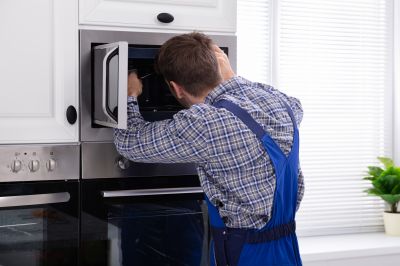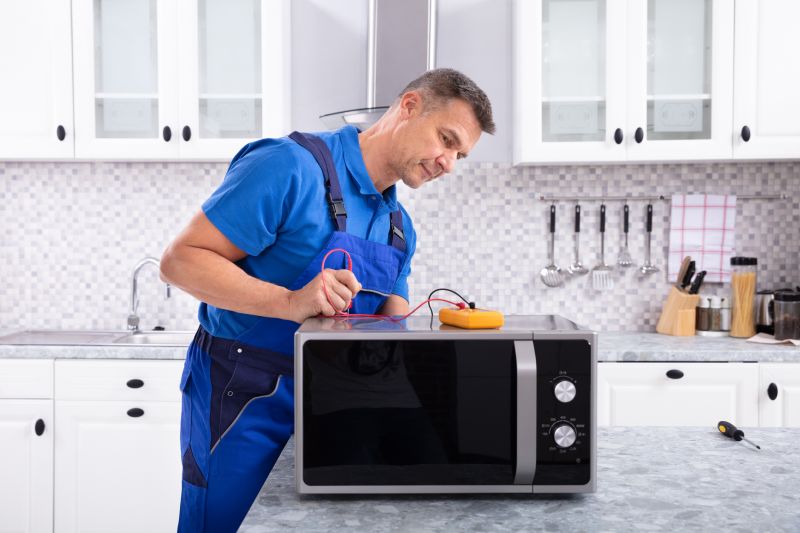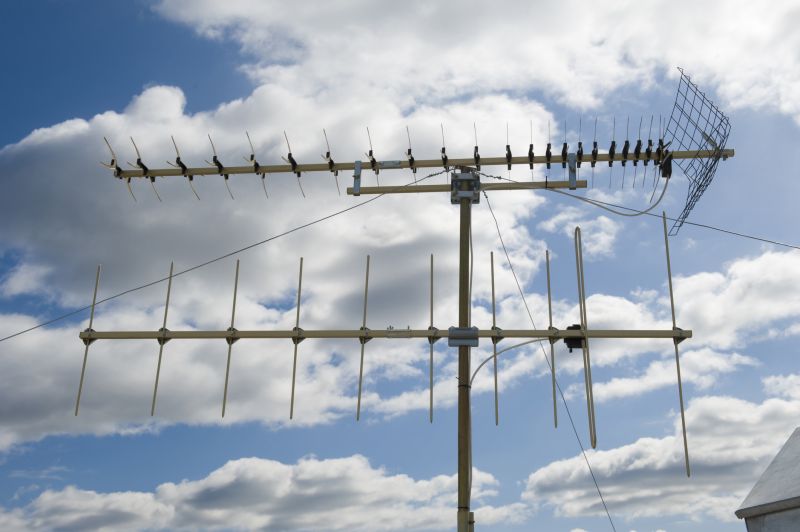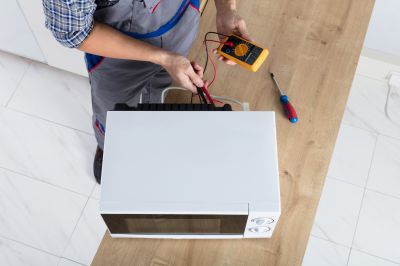Microwave Installation Costs Overview
An analysis of the factors influencing the expense of microwave installation projects, including material requirements, site complexity, and additional services.

Ease of access impacts installation costs, with remote or hard-to-reach locations typically incurring higher fees.

Advanced or specialized microwave equipment can increase overall expenses due to higher procurement and calibration requirements.

Indoor versus outdoor settings influence costs, with outdoor installations often requiring weatherproofing and additional safety measures.
| Factor | Impact on Cost |
|---|---|
| Site Accessibility | Remote locations increase labor and transportation costs. |
| Equipment Type | Higher frequency or custom systems raise equipment expenses. |
| Installation Complexity | Structural modifications or permits add to project costs. |
| Distance Between Units | Longer links require more powerful equipment and precise alignment. |
| Permitting and Regulations | Compliance procedures can extend timelines and budgets. |
| Weather Conditions | Adverse weather may cause delays and additional safety measures. |
| Labor Rates | Regional labor costs influence overall pricing. |
| Project Size | Larger projects tend to have economies of scale but may require more resources. |
The cost of microwave installation varies significantly based on site-specific factors and equipment choices. For straightforward indoor setups, expenses typically start at a moderate level, covering basic equipment and minimal site modifications. In contrast, outdoor or complex installations involving long-distance links or specialized equipment can substantially increase costs, often requiring additional safety measures, permits, and structural adjustments. Proper planning and assessment of site conditions are essential to accurately estimate the total investment needed for a successful microwave communication setup.
Additional considerations include ongoing maintenance and potential upgrades, which can influence the long-term cost structure. Budgeting for unexpected challenges, such as weather disruptions or regulatory compliance, ensures smoother project execution and minimizes delays. Consulting with experienced professionals can provide precise estimates tailored to specific project requirements, facilitating informed decision-making.

Costs associated with indoor equipment, mounting hardware, and internal cabling are typically lower but vary with system complexity.

Weatherproof enclosures, towers, and mounting brackets contribute to higher expenses in outdoor installations.

Precision tools for alignment and testing ensure optimal performance, adding to initial setup costs.
| Service | Average Cost Range |
|---|---|
| Basic Indoor Microwave Setup | $2,000 - $5,000 |
| Outdoor Microwave Link Installation | $10,000 - $50,000 |
| Long-Distance Microwave Links | $20,000 - $100,000 |
| Network Configuration and Testing | $1,000 - $5,000 |
| Maintenance and Support | $500 - $2,000 annually |
| Upgrades and System Expansion | $5,000 - $25,000 |
| Permitting and Regulatory Compliance | $1,000 - $10,000 |
| Structural Modifications | $3,000 - $15,000 |
